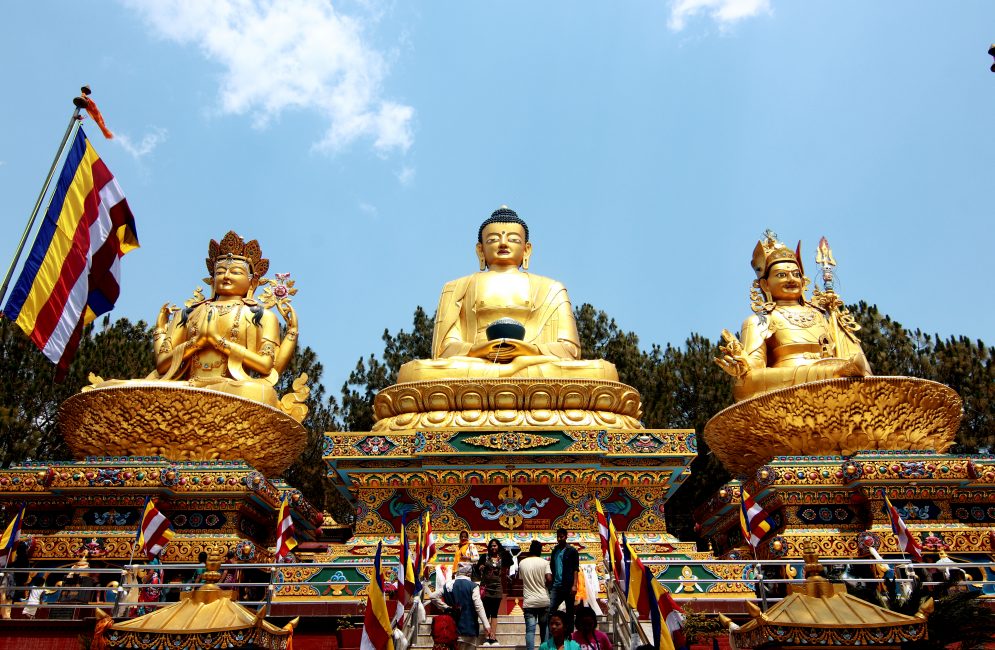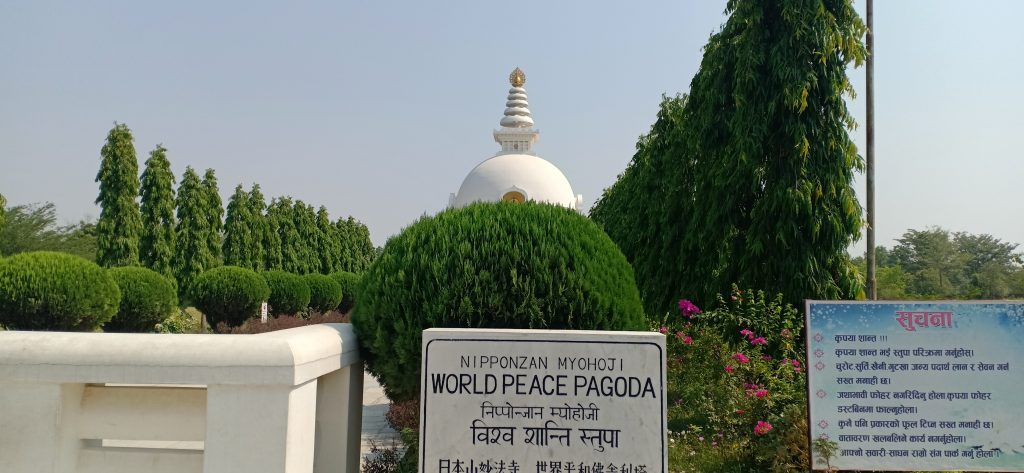
The Light of Asia
Why Gautam Buddha or Prince Siddhartha came to be known as
‘The Light of Asia’ a great topic and subjects where all Buddhist followers and interested people should know the life, fact, and deeds of Lord Buddha.
Where one can learn and understand his good words and principal of wisdom that can reach you Nirvana and Enlightenment, like all people on this planet the supreme Buddha was a normal human being, born and raised in the palace of Sakya Kingdom.
Located in Kapilvastu, Rupendevi district within lumbini zone of nepal which is South West of the country around Nepal warm sub-tropical flatland called Terai which extends to the border of Northern India.
History of Buddha’s birth and childhood life
Born as Prince Siddhartha of Sakya Kingdom known as Siddhartha Gautama where his destiny led him to become a renowned, unsurpassable and supreme Buddha (A man of great Wisdom and Enlighten).
Buddhist tradition believes that he walked immediately after his birth and took seven steps, under each of which a lotus flower bloomed during the time of bright Full Moon.

The priest and great astrologer had predicted Siddhartha Gautama that he would be a great King and a conqueror or a holy saint and hermit with immense Wisdom, where then king (Siddhartha Father), wish was that he would be a great King and a ruler rather a saint.
Read: Everest Short Trek Cost
His childhood days spent as a young boy quiet and aloof from richness and wealth of a palace, since his early days in search of truth and inner wisdom of Human Life Cycles
As he grew up caught up in marriage (wife Yushada) with a son named Rahul (meaning chain or bondage)
During his time in the richness of Palace he was different and in search for inner core of life and found that all present living just a temporary or an illusion, this led him to be free from the bondage of palace rich and wealthy life and began to meditate for a long time till a bright light of wisdom and knowledge reached his mind and soul.
And then Buddha announced his famous line word “This is my final rebirth” as he entered the new world, not as a prince but a saint to spread goodwill and peace around.
As he reached and attained Buddha-hood and became a great saint and discovered ‘The Four Noble Truths; and The Noble Eightfold Path’.
At Lumbini takes you to the site where Siddhartha Gautam was born way back in May year 642 B.C.
Main Three Holy places during Buddha Life
Three main holy spots during Lord Buddha (The Light of Asia) life, Lumbini the birthplace, Bodhgaya where he reached Buddha-hood and got enlightened, Sarnath the place he first preached and taught Four Noble Truth and Eight Fold Path to Nirvana.
Kushinagar, where Lord Buddha preached his last sermon saying, that “All Things must Pass and Decay is an inheritance of all things’”.
Kushinagar was an important center under Mauryan King Ashoka, a great Buddhist follower this is where Lord Buddha rested in peace and cremated in 543 BC.
Read: Annapurna Circuit Short Trek
LORD BUDDHA’S THREE UNIVERSAL TRUTHS
01. Nothing is missing in the universe
02. Everything Changes
03. The rule of root and outcome
From and then after various cycles, if human being releases their affection, need and own character, can achieve the way to Nirvana.
A state of release and liberty from suffering, where one can practice and train where these three consists of:
01: Sila: A good value, good behavior, principles, based on two basic philosophy and ideology.
The belief of equal opportunity: That all living entity is identical. The principle of reciprocity:
02: Samadhi: Awareness, one thought, minds with maturity and developing one’s mind towards a passage of understanding that leads you to own liberty. Mental maturity also strengthens and reins our intelligence; this provides us to sustain good performance.
03: Prajna: Discrimination, imminent, knowledge, enlightenment.
This is the real value of Buddhism. Knowledge will surface if your mind is clean and peaceful.
These first two paths listed in Eightfold Path, refers to discernment; the last three belong to the concentration; the middle three are related to virtue.
Read: Manaslu Circuit Trekking
The Nobel Eight Fold and Principles of Buddhism
01: Right Understanding
02: Right Thoughts
03: Right Speech
04: Right Action
05: Right Livelihood
06: Right Effort
07: Right Mindfulness
08: Right Concentration.
When Siddhartha Gautama reached enlightened, the supreme lord Buddha preached twenty intricate things to achieve in this world to improve better life of all human being:
Every deed that we achieve leaves a strong impression, or potential, to our much-understated mind, and good karma then finally spreads and grows in of possession of outcome.
It is important to understand ordinary Samsara on this earth we do not choose our rebirth but are reborn solely in accordance with our faith and karma.
If good karma ripens we are then reborn in a fortunate state, either as human or in the form of a god and good person, but if negative karma takes place we are reborn in a lower state, as an animal, lost and hungry ghost, or a hell devil being.
All our present deeds and good faith reflects and blown towards our future life by the soft breeze and winds of our karma, sometimes ending up in higher rebirths, sometimes in lower rebirths.
The continuous cycle of death and rebirth without choice is called ‘cyclic existence’ or ‘Samsara in Sanskrit.
Where Samsara is turned around like Ferris wheels, sometimes takes us up into three opportune realms, and down into the three minor realms.
The dynamic might of Samsara wheel is our impurity forced by illusion, and the heart of a wheel is self-grasping unawareness.
Read: Everest Three High Passes Trek
As long as we remain on this wheel we shall know the continuous phase of misery and discontent that results having no prospect to pure knowledge, long-lasting happiness.
Following the path and course of Buddha is to reach from one freedom and enlightenment; which means healing our self from the cycle of uncontrolled renewal and attaining a condition of perfect harmony and autonomy, and then be in a position to be of assistance to others to do the same.
Although Buddha (The Light of Asia) could not reach all around in his glorious days where good word of wisdom reached its origin in Northern India, where Great Emperor Asoka supported and helped to spread the values of Buddhism around South East Asian countries to Sri Lanka, Myanmar, Thailand, and Indo-China.
From where it took stronghold and motivated the thoughts of Buddha that influenced around Himalayan region within Sikkim, Bhutan, Nepal, Tibet, Mongolia, Central Asia as well far to China, Korea, Viet Nam, and Japan.
That is why Lord Buddha became and known as ‘The Light of Asia’ with his Nobel Eight Fold Path as taught and preached by Lord Buddha, when he got enlighten, achieved Buddha-hood and Nirvana.
Conclusion
After reading and understanding the truth and inner core of Life-Cycle, and ‘May Buddha Bless you with his pure good word of Wisdom.






